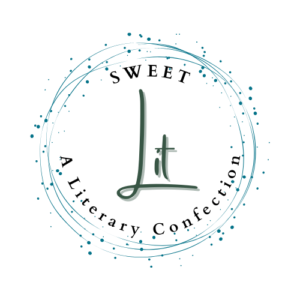Dear James Franco,
While I’m pursuing an MFA in fiction at USF, I am also working at a pizza restaurant. In fact, one of my coworkers coincidentally ended up being my student this semester. I work at the to-go counter, where I take orders through flour-crusted phones, assemble mountains of pizza boxes, and show the finished pizza product to customers, holding my breath, hoping they don’t say “it looks burnt” or “I thought I asked for extra cheese.” I cross my fingers for a decent tip and high-five my coworkers if they give more than 10%. Sometimes when customers yell at me through the phone complaining the order they took home was wrong, when a $100 order tips $0, when the line is backed up and people look impatient, I think: why am I here? Am I too “good” for this?
I tell you this about myself because I was inspired by your McDonald’s story in the first Q & A in Nice Things by James Franco. As you avoided Lovelace and Neely’s questions, instead telling your tale of working at McDonald’s while you tried to make it as an actor, I felt that perhaps our experiences were parallel. Maybe it’s the artist’s journey to work at shitty food service jobs while struggling to make art. And as Nice Things by James Franco—a beautiful display of poetry and prose—demonstrates, the path you took was paved for success. Maybe one day I can have my own “nice thing.” Although the Q & As often resulted in whimsical, sometimes round-about answers, I did learn some valuable advice, like, “Here’s a little writing tip for you: there was none. Only confusion. Art is a songless bird, a gas station coffee—a void.” As a young MFA student, it’s encouraging to hear such uplifting teachings from a master of words like yourself.
Nice Things by James Franco is filled with chaotic, yet surprising moments that take readers through a maze of lyrical and narrative twists and bends. Along the way, you transport us through time, alternate us between third and first person, and take us through the stream-of-consciousness, existential processes of an artist.
The prose pieces in the chapbook, mostly told in third person, are full of bizarre tales—like the one where you witnessed the shooting of Archduke Franz Ferdinand while holding a sandwich for a stranger, or the one that explores flea trainers (amongst other things) and how flea trainers can be metaphors for writers. Perhaps my favorite prose piece in the chapbook was the way you described finishing a marathon: “…but then comes the second race, the 6.2 miles, the suffering, a tunnel, a cloudy tunnel that closes in, with lightning spider webs on the walls [if you can imagine], and you go to this place [I can’t explain it, a cave?…], this place…far away…well, anyway, the marathon isn’t one race of 26.2 miles: no, it’s two races, two separate identities, on walk of a tolerable pain, the other walk of—yes, I’ll say it—exquisite and existential agony.)” The images and language mingle and intertwine with punctuation to create a rhythm and pace representative of the painful ending to a race. The seemingly formerly inexplicable becomes articulated. Sometimes I feel this way after working at the pizza shop, when I go home for the second race, writing 6.2 miles of a short story that’s due for workshop soon.
The poems in Nice Things ask ponderous, existential questions, most of which, I gathered, address the sometimes painstaking, internal process of creating art: “When I close my eyes a thousand short films / spin their reels… / the monster / peeling off my face, / revealing my face…” The poems put into words issues artists face with identity, posing these questions in true bizarre James Franco fashion, my favorite stanza being, “We can’t have nice things / digging through ruble / in these bodies / that aren’t even ours.” These motifs of masks, foreign bodies, and feelings of unbelonging culminate through images that aren’t afraid to reveal vulnerability and disparity. The journey of the artist feels less isolating with your inward examination of identity and process.
I learned a lot about what it means to be a writer, artist, and person through this genre-bending, rule breaking chapbook of prose, poetry, and Q & As. The next time I go in for a shift at the restaurant (end of this week) where I won’t even get to eat the pizza someone forgot to pick up (jealous you ate the cheeseburgers at McDonald’s left under the heaters longer than 7 minutes!), I’ll think of you, James Franco. I’ll think of what I learned about being an artist. And one day, when I’m walking a marathon, I’ll finish the race by eating a cheese pizza from the restaurant: crisp, satisfying, grease dripping off my chin.
Courtney Clute



